Magento has already accommodated SEO improvements to enhance the website rankings. It’s latest Magento 2.0 version, launched last month in November created a lot of buzz. When talking about its SEO features, you can find some of the key improvements has been done in this new version.
The all new Magento 2.0 is geared up to improve the default SEO capabilities. We have created this blog to highlight the SEO improvements done in this latest version which are noticed by our developers.
Let’s Start…
Product Page Optimization
As Magento 1.x is already optimized with major features, Magento 2.0 has minor addition. In Magento 2.0, Meta tag settings still remains the same for Title, Description and Keywords. Similar is the URL key settings for store views, Categories path for Product URL’s and Canonical Link Meta tags for products.
What a latest enhancement is done to optimize the product page is introduction of ‘Product Fields Auto-Generation Template’. This new option is used to define the product Meta tags in association with the predefined templates and product attributes.
This feature is available from Stores > Configuration > Catalog
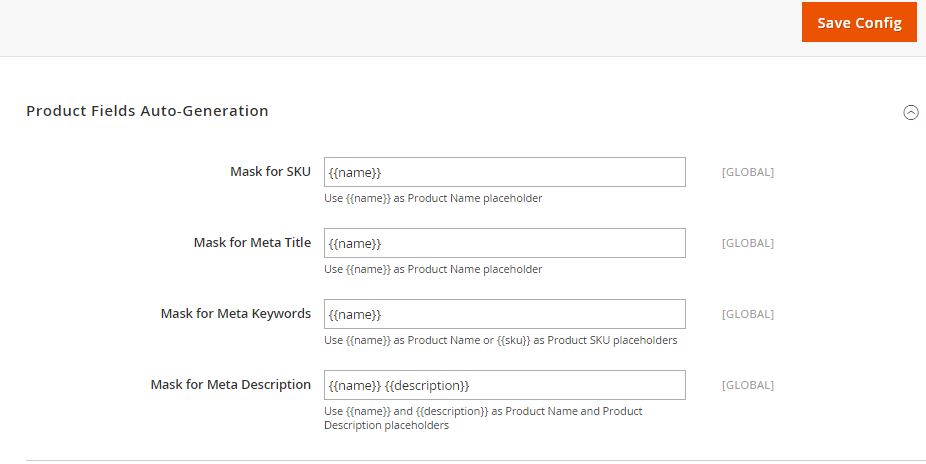
XML Sitemap
Lots of improvements have been observed in XML Sitemap. Meaning that, now you can specify the priority and frequency for product, CMS, category and other pages separately. Additionally, Magento 2.0 provides the facility of adding XML sitemap to a robots.txt file automatically. Also, it is now possible to add images, use the Sitemap Index and define the parameters to split items between XML files.
This feature is available from Store > Configuration > Catalog > XML Sitemap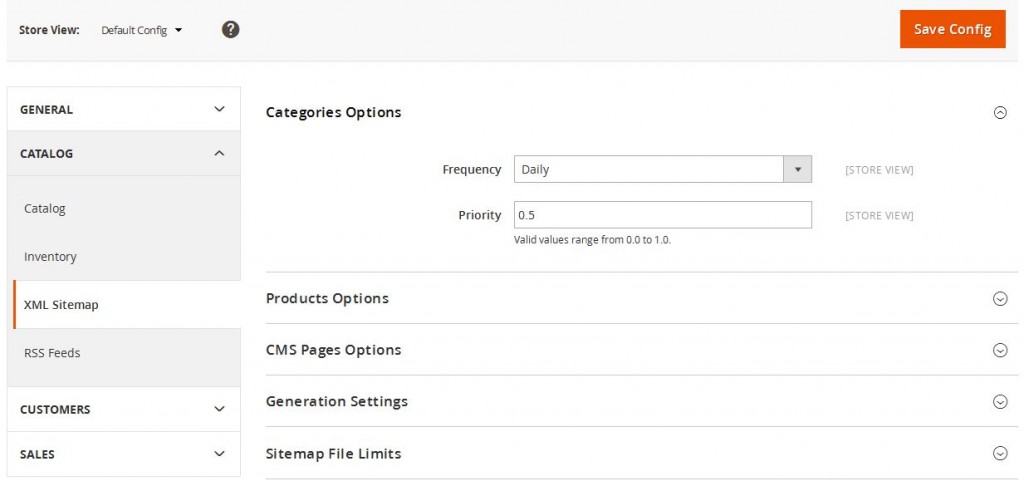
Rich Snippets
One of the biggest SEO improvements made in Magento 2.0 is addition of rich snippets. Using this, now the user can easily show the structured markup data from your eCommerce website within Google results which improves both CTA and SEO, and this functionality is enabled by default in the system. So, you don’t have to work on it!!
Robots.txt
Another noticeable improvement done in Magento 2.0 is enabling the user to edit the Magento ‘robots.txt’ file in Admin Panel from Stores/General/Design.
This feature is available from Store > Configuration > General > Design > Search Engine Robots
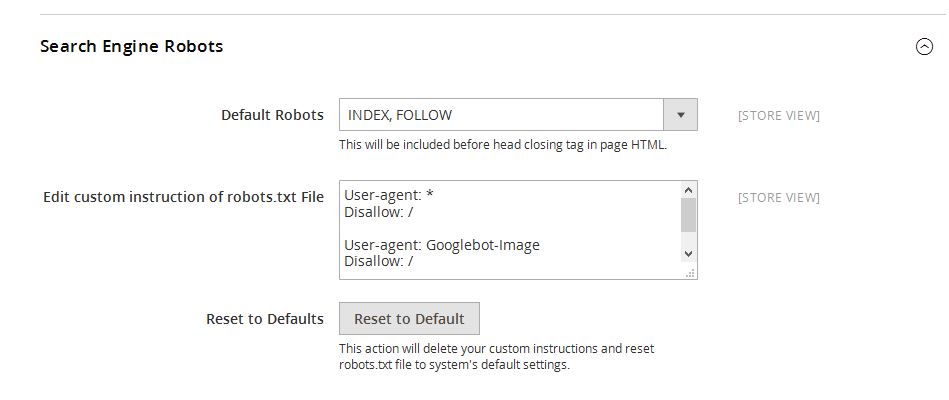
Schema.org Integration
Magento 2.0 come up with the Schema.org that is added to the default Magento 2.0 template. To improve the website rankings, its vocabulary is used for marking the content with metadata about itself.
Product Image Labels
Magento 2.0 users will now be facilitated with product image labels. Meaning that, user can now directly put these labels on the product images to grab customer attention which is available in earlier Magento 1.x version, but by using third party extension.
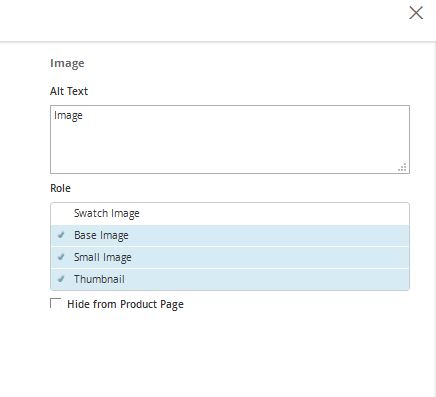
Related Products, Upsells, and Cross-sells
All the three types of product categories, namely, up-sells displaying more expensive and feature-rich products of the same product type to increase profit, Cross sells displaying other products from other category which is related or can be used in addition to the actual product and related– displaying additional products that can be bought with the actual product are optimized for better SEO. Want to know how you can use this feature? Check our earlier post on Magento cross-sell and up-sell advantages and how to use them.
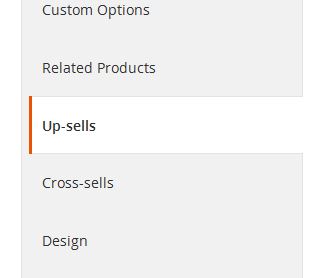
Universal Google Analytics, Ecommerce Tracking, and AdWords Conversion
Another major improvement done to improve the SEO is that Universal Analytics has brought set of options that will organize and collect the customer data to track their behavior. To allow Google Analytics to track down your eCommerce Store activity, first enable eCommerce tracking that is more simplified in Magento 2.0. Even you can easily find the keywords to build website conversion.
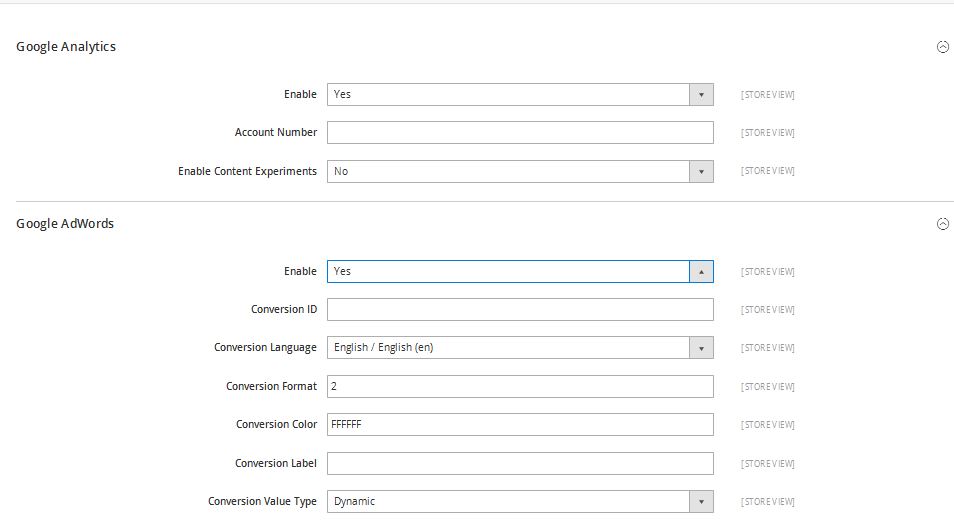
Google Tag Manager
In addition to other improvements, Magento 2.0 Enterprise Edition will now have Google Tag Manager allowing users to update and create tags anytime according to their wish.
SEO Configuration
SEO settings are still same as that available in earlier version of Magento 1.x.
At the End
There are few other things which are improved such as Pagination Optimization so now the category will point to itself. Another one is Layered Navigation. So, URL’s on the layered navigation points to the categories. Also, the selected attributes are not added to the Meta tags. One more improvement is Category Page Optimization through which category URL format will remain same when filtering options are used by user.
SEO improvements in Magento 2.0 covers important aspects to make sure your website gets higher rankings. You may also consider other third party tools if the default SEO options are not much for you.





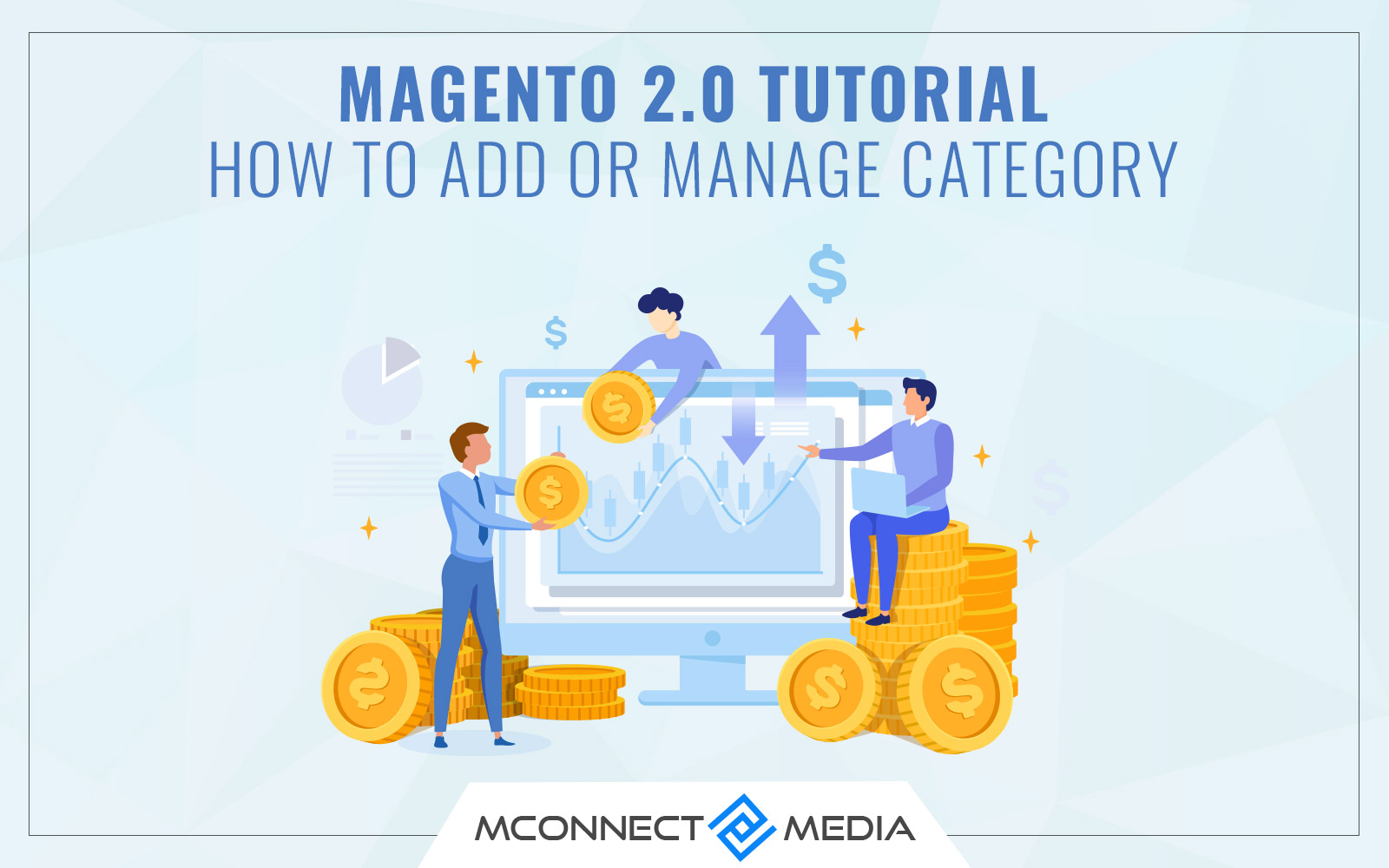
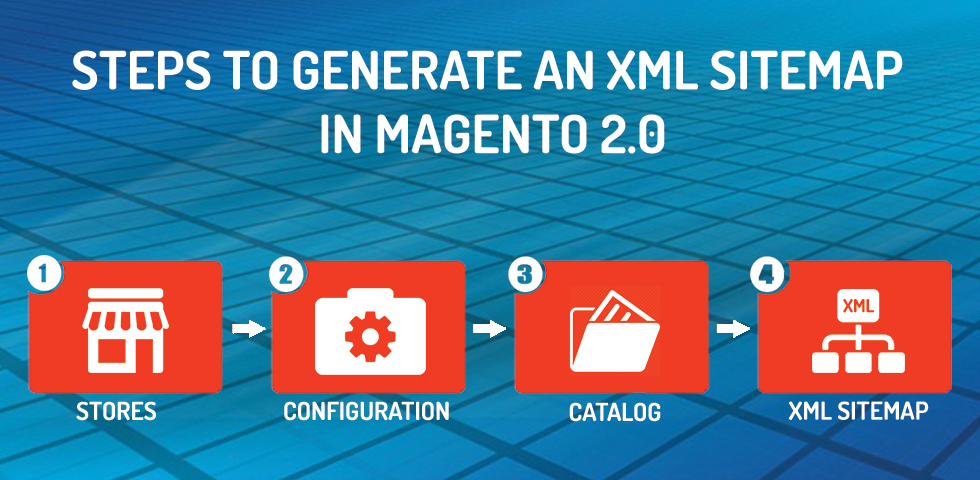












You have listed down such valuable information on SEO. It’s really informative. I was very excited to know what latest improvements Magento has brought in SEO. Learned a lot of things from this blog.
Keep posting.
This is true that for higher rankings in the search engines we need to perform a systematic SEO process for our websites. Thank you for sharing these important points as this will help me to see which to things to manage, once my Magento 2 based webstore is live on the web.